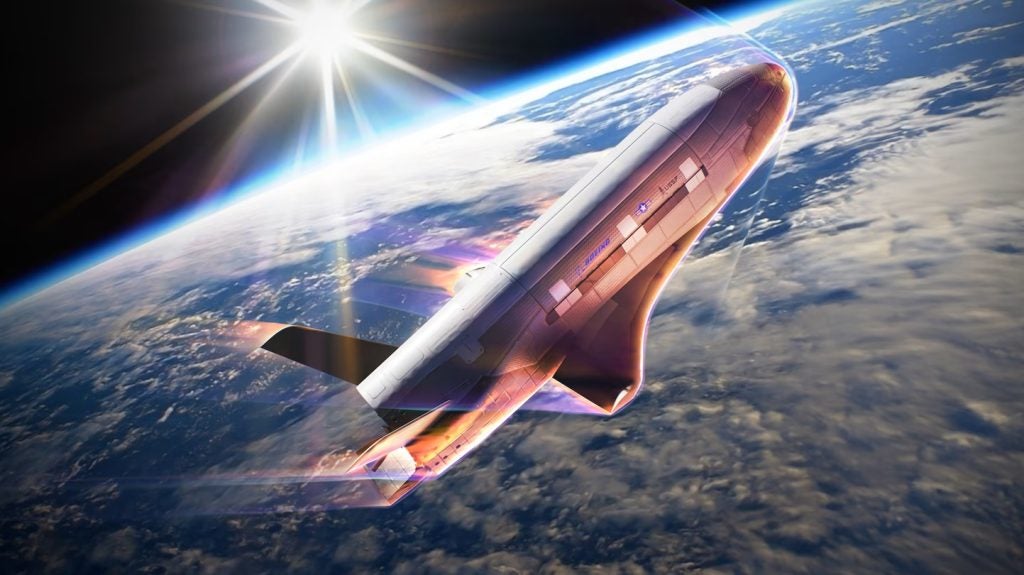The US Space Force (USSF) is set to undertake a series of orbital manoeuvres, called aerobraking, with the Boeing-built X-37B Orbital Test Vehicle (OTV-7).
The X-37B will begin executing aerobraking to change its orbit around Earth and safely dispose of its service module components in compliance with space debris mitigation standards.
US Space Force Space Operations chief Chance Saltzman said: “This first-of-a kind manoeuvre from the X-37B is an incredibly important milestone for the United States Space Force as we seek to expand our aptitude and ability to perform in this challenging domain.”
Since December 2023, the X-37B has been operating in a Highly Elliptical Orbit (HEO) and is now set to lower its altitude while conserving fuel.
Supported by the Air Force Rapid Capabilities Office, the USSF carried out radiation effect experiments and has been testing Space Domain Awareness technologies in a HEO.
This demonstration will see the X-37B use the Earth's atmospheric drag to decelerate, thereby reducing its energy and altering its orbit with minimal fuel expenditure.
The Service Module disposal will align with the established protocols for space debris mitigation, ensuring that the orbit change is managed safely and responsibly.
Following the completion of aerobraking, the X-37B will continue with its testing and experimental duties.
The upcoming demonstration will build on the six successful missions of the X-37B, which have showcased its safe operation around earth.
Boeing Space Mission Systems vice-president Michelle Parker said: “Space is a vast and unforgiving environment where testing technologies is critical to the success of future endeavours.
“There is no other space platform as capable, flexible and manoeuvrable as the X-37B, and its next demonstration will be another proof point that this test vehicle sets the pace of innovation.”









